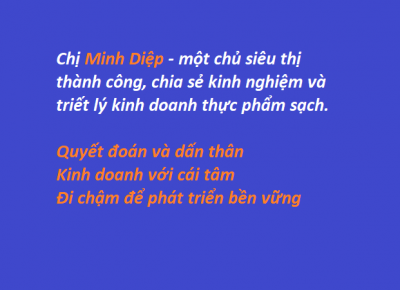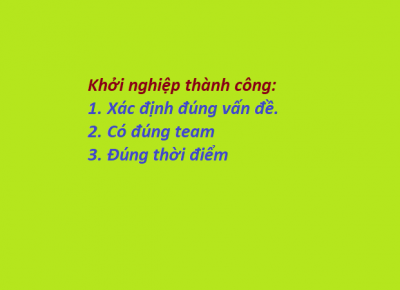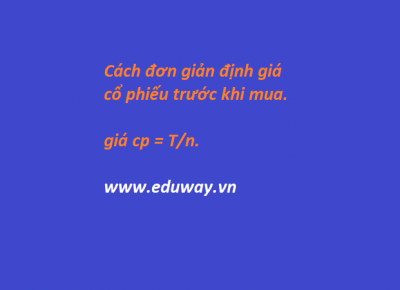Traditions of MIT
Hacking
MIT culture distinguishes itself not only for its seriousness of purpose but also for its unique sense of humor, as expressed through "hacking." Hacks at the Institute are elaborate but benign practical jokes, perpetrated anonymously—on campus, around Cambridge, or even farther afield—that amaze for their creativity, cleverness, and difficulty of execution. A 1958 prank in which the Harvard Bridge was measured in increments of fraternity pledge Oliver Smoot has achieved such fame that "smoot" has been incorporated into the American Heritage Dictionary and is included as a unit of measure in Google Earth. The bridge still displays its quirky unit of measure today.
Although not officially sanctioned, hacks can be appreciated for their technical prowess and humorous digs at rival institutions, for example in the astonishing emergence of a large black weather balloon with MIT written all over it in the middle of a Harvard-Yale football game in 1982, or in the 2006 cross-country theft of Caltech’s Fleming Cannon.
Pirate Certificate
Not content to just produce exceptional graduates in the usual fields of study, the Institute also offers its swashbuckling students the opportunity to become certified pirates. Students who complete four physical education courses—archery, fencing, pistol (or rifle), and sailing—are eligible to receive a Pirate Certificate, officially awarded by the Department of Athletics, Physical Education, and Recreation. In addition to receiving a certificate printed on faux parchment, newly minted pirates are rumored to swear a secret oath.
Brass Rat
In a ritual long enjoyed by MIT undergraduates, a committee of sophomores gathers each year to design their class ring, which is ceremoniously revealed during the spring term. The history of MIT’s class ring dates back to 1929 when a student committee convened to design what is formally known as the “Standard Technology Ring.” Featuring a beaver on top (an industrious, nocturnal, American animal), the Boston and Cambridge skylines on the sides, and the MIT seal and dome on the shank, the ring also incorporates unique design elements related to each individual graduating class. Made of gold, the ring’s nickname, “the Brass Rat,” derives from its color—similar to brass—and the prominence of the beaver mascot—resembling a rat. A concrete symbol of an MIT education, the distinctive Brass Rat is recognized worldwide and instantly identifies MIT alumni to one another.
MIT Mystery Hunt
The MIT Mystery Hunt is a puzzlehunt competition that takes place in January. The hunt challenges participating teams to solve a series of puzzles that lead to “the coin” (physical or virtual) hidden somewhere on campus. Puzzles can be as creative, complex, collaborative, unusual, physical, and solvable as hunt organizers decide to make them. The winning team gets to write the subsequent year’s hunt, which includes the right to redefine the rules.
The Mystery Hunt was launched in 1981 by then-graduate student Brad Shaefer. Today the tradition is as strong as ever and is widely regarded as one of the oldest and most complex puzzlehunts in the world, attracting as many as 2,000 people annually and inspiring similar competitions at universities, companies, and cities around the world.
Pi Day
In true MIT fashion, the Institute typically releases admission decisions on Pi Day (March 14), an annual celebration of the mathematical constant. Frequently, these admissions decisions are released at 6:28 p.m., which is known colloquially as “Tau time” (Πx2). An exception was made for the release time of early decisions on March 14, 2015—known as “Super Pi Day” as the date reflects the full first five digits of Pi (3.1415)—when admissions decisions were released at 9:26 a.m. in order to continue with the next three digits of Pi. MIT Admissions creates a humorous video to accompany the announcements and celebrate the tradition, and posts it to the MIT Admissions Blog.
MIThenge
The Infinite Corridor—a 251 m long (825 ft/0.16 mi/147 smoot) hallway—connects the east and west ends of the MIT campus, running through parts of Buildings 7, 3, 10, 4, and 8. The corridor was created as the central axis of the original set of buildings designed by William W. Bosworth back in 1913. But that is not all that makes it noteworthy.
Twice a year, an astronomical event lights up the corridor. In November and again in January, the setting sun aligns with the Infinite Corridor. Flooding through the corridor’s third-floor windows, a stream of direct sunlight dazzles spectators observing from the west end of Building 8. The assumed azimuth is 245.75 degrees. Now an annual tradition known as “MIThenge,” this phenomenon was originally discovered, calculated, and publicized in 1975—1976 by students from the Architecture Department.
Original text are from web.mit.edu









